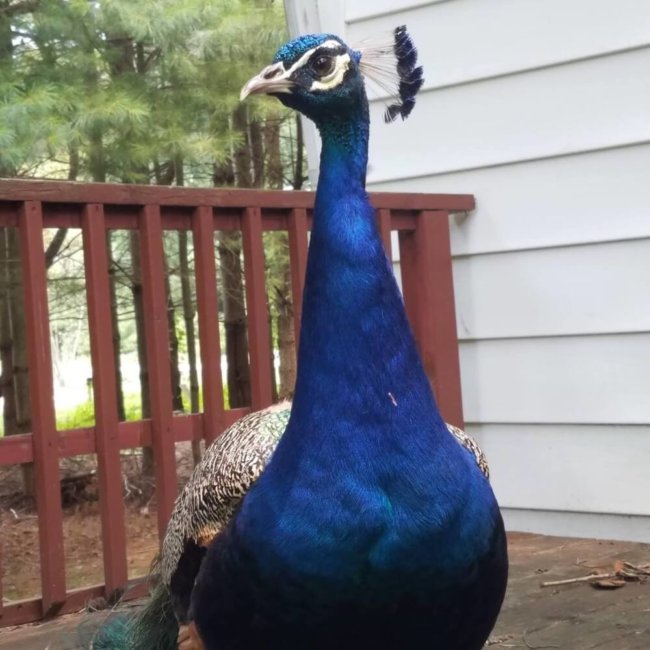

Marshes act as “safety valves” during peak rains help maintain the water table provide a highly productive habitat and food supply for fish, waterfowl, animals and crustacea and serve as a collection point for high-ground nutritional runoff. The combined marsh and woods of the Rogers Refuge and the Institute Woods are critical to the local environment. If you cannot reach one, rescue the baby (instructions on back of. At one time there was perhaps no better place of comparable size to find warblers, with up to 30 different kinds of warblers possible the first three weeks of May declining populations have made these birds harder to see, but still many bird watchers and nature groups visit the area every spring. If mother is not found or does not claim baby within an hour, call a wildlife rehabilitator. The tract is a nesting ground for more than 90 species of birds and scores of others pass through the refuge over the years more than 190 species have been recorded here. Come fall, the red osier dogwood is in fruit, along with elderberries, rose hips and the tall brown spikes of the cattails. Swamp milkweed, boneset, joe-pyeweed and ironweed form a pattern of mauve and purple beside many of the walks. In summertime arrowhead, pickerel weed and pond lilies flower in the marsh. In the spring yellow trout lilies, violets and spring beauties carpet the woodlands and yellow iris blooms in pools at the edge of the marsh. The most notable trees are hardwoods in the Institute woods edging the marsh: many varieties of oak, tulip poplar, black gum, sweet gum, beech. Below are various documents pertaining to the licensing process. Becoming and continuing as a licensed wildlife rehabilitator in New Jersey is a major responsibility and requires much time and dedication.

The refuge’s diversity of habitat attracts a corresponding diversity of mammals, including whitetail deer, striped skunk, opossum, raccoon, eastern cottontail, groundhog, red and gray squirrel and mink.Įqually diverse is the plant life. The ultimate goal of the rehabilitation program is to release rehabilitated wildlife back to the wild. There are many kinds of snakes in the area. When the sun is hot, turtles lie along the logs. In early spring the peepers set up their shrill chorus later bullfrogs will be heard. A variety of frogs and turtles also live there. Muskrat houses create numerous small hummocks in the marsh. Close by are houses for colonies of purple martins and individual boxes for tree swallows. Study the marsh from the two observation towers, which give a broad view of the main body of the marsh. Focal point of the refuge is the open marsh, which is maintained by natural water drainage and at dry periods by pumping water from the Stony Brook.


 0 kommentar(er)
0 kommentar(er)
